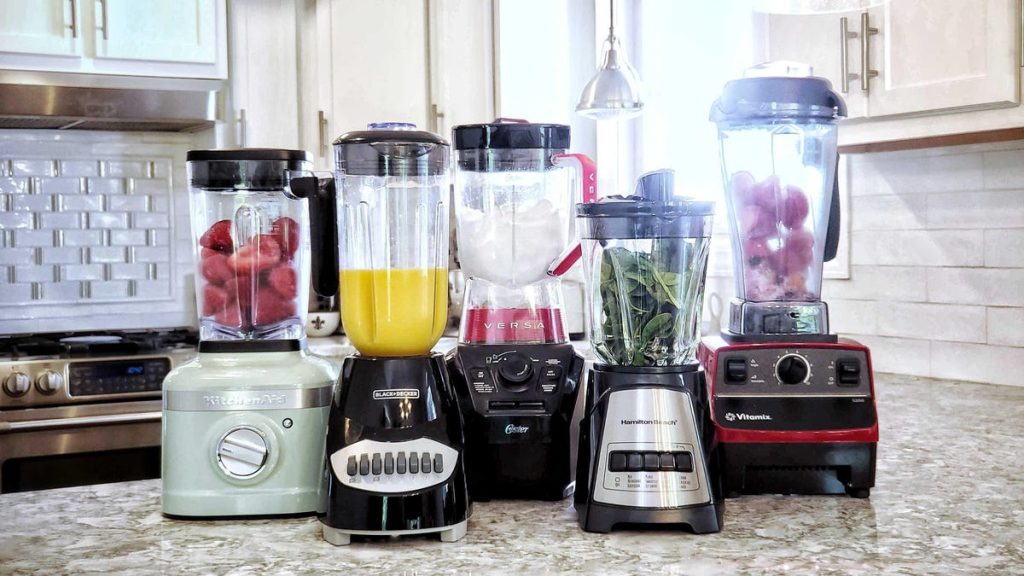Blender testing goes far beyond simple smoothies and ice crushing, encompassing a variety of recipes and ingredients to assess a blender’s true capabilities. A comprehensive evaluation involves testing performance with dry, large, and coarse ingredients, providing a more nuanced understanding of each model’s strengths and weaknesses.
Ice Crushing Power: A foundational test involves crushing two cups of ice cubes, measuring the number of pulses required to achieve a fine consistency. This provides a clear indication of the blender’s power and efficiency in handling frozen ingredients. Top-performing blenders excel in this task, quickly reducing ice to a desired texture.
Smoothie Creation: The classic fruit smoothie serves as another key benchmark, evaluating not only blending power but also speed and consistency. Using a standard recipe of orange juice and frozen strawberries, the test assesses the blender’s ability to create a smooth, evenly blended mixture. While most blenders perform adequately in this test, some stand out in terms of speed and the absence of unblended chunks. The presence of a dedicated smoothie preset function also contributes to the evaluation.
Dry Ingredient Processing: Nut Flour and Butter: Beyond beverages, blenders are often utilized for grinding dry ingredients. Creating nut flour from whole almonds tests the blender’s ability to handle dry, hard ingredients. While most blenders can achieve this with varying degrees of fineness, the challenge increases significantly with nut butter. The extended processing time and high friction required to transform nuts into butter push most blenders to their limits, with many not designed for such sustained operation. Only specialized models or those with dedicated processing kits consistently succeed in this demanding task.
Cheese Shredding Capabilities: A less common but equally revealing test involves shredding a block of cheese. This assesses the blender’s versatility and its interaction with larger, solid ingredients. Interestingly, some blenders excel in this task while others struggle, highlighting design differences and blade configurations. Blenders with multiple blade tiers may face challenges accommodating the cheese block, while others rapidly shred it with minimal effort.
Pancake Batter Mixing: The seemingly simple task of mixing pancake batter provides insights into a blender’s ability to combine wet and dry ingredients effectively. This test evaluates how well the blender incorporates and distributes ingredients, ensuring a smooth, lump-free batter. While most blenders handle this task adequately, differences in speed and thoroughness can emerge. This test represents a practical, everyday application for blenders, reflecting their utility in various kitchen tasks.
Overall Blender Performance Evaluation: Through this series of tests, a comprehensive profile of each blender’s capabilities emerges, moving beyond basic functions like smoothies and ice crushing. The results illuminate the strengths and weaknesses of different models, guiding consumers towards the best choice for their specific needs. Whether prioritizing ice crushing power, dry ingredient processing, or cheese shredding, these tests provide valuable insights into the nuances of blender performance.

